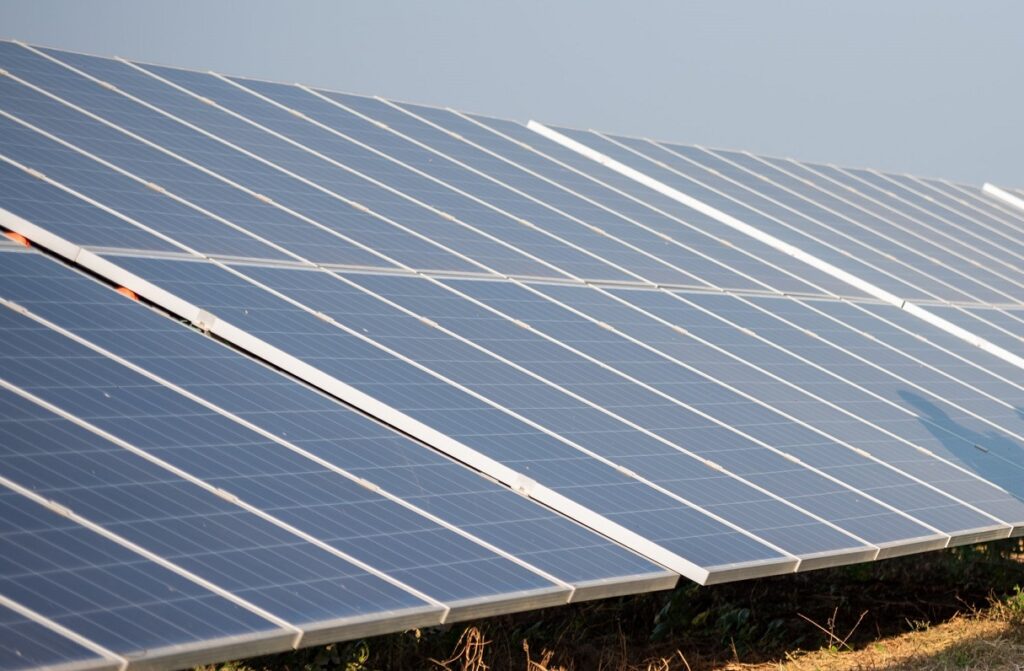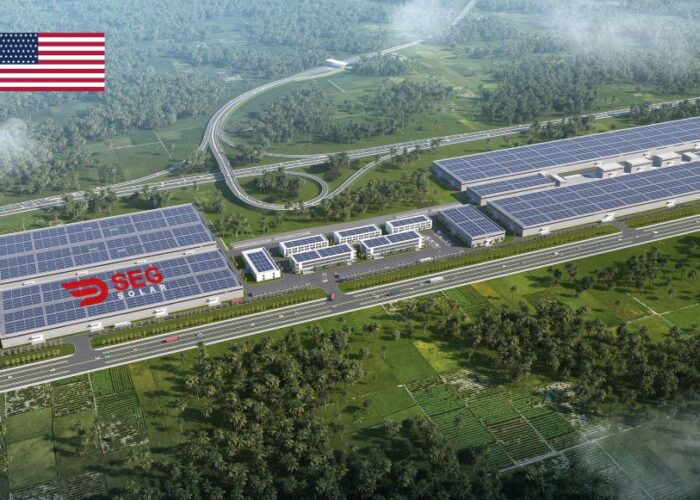
Indian solar module manufacturer Solex Energy has unveiled plans for a roughly US$1 billion expansion of both solar module and cell production capacity.
As part of what it calls its “Vision 2030” strategy, Solex will “explore” the development of a 2GW solar cell production facility with the potential to ramp up its capacity to 5GW. Simultaneously, the company will expand its module production capacity tenfold, from 1.5GW to 15GW. This will require a workforce expansion of around 25,000, the company said.
Try Premium for just $1
- Full premium access for the first month at only $1
- Converts to an annual rate after 30 days unless cancelled
- Cancel anytime during the trial period
Premium Benefits
- Expert industry analysis and interviews
- Digital access to PV Tech Power journal
- Exclusive event discounts
Or get the full Premium subscription right away
Or continue reading this article for free
Both cell and module capacity will be focused on producing n-type tunnel oxide passivated contact (TOPCon) technology using rectangular solar cells. The products will be used in Solex Energy’s new Tapi-R series, which will consist of 182.2 x 210mm modules with 132 half-cut cells with up to 625Wp of power output and 23.14% conversion efficiency. The new modules will be bifacial and designed for deployment in utility-scale solar projects.
Chetan Shah, chairman and managing director of Solex Energy, said: “Vision 2030 represents a key milestone in our journey to becoming a fully integrated solar company. With the introduction of n-type TOPcon technology featuring rectangular cells, Solex Energy is raising the bar for efficiency and reliability.”
Multiple announcements for TOPCon solar cell capacity have emerged from India in recent weeks. Gautam Solar revealed plans for a 2GW TOPCon cell production facility in northern India last month and Indian energy conglomerate Jakson Group plans to build 2.5GW of cell production capacity at an undetermined location.
Moreover, the largest player in India’s solar sector—the Adani Group—told PV Tech that it is planning to reach 10GW of vertically integrated domestic solar production capacity from ingots to modules. However, the company has reportedly decided to “hold itself back” on developing 10GW of polysilicon production capacity amid plummeting prices and a polysilicon market that analysts have called “cutthroat”.
Reducing reliance on China
The Indian government has been pursuing ongoing efforts to bring solar manufacturing capacity to the country and reduce its reliance on the Chinese solar supply chain. In early September, the Ministry of New and Renewable Energy (MNRE) issued a proposal to add solar cells to its Approved List of Models and Manufacturers (ALMM) legislation—the scheme that has so far regulated the solar modules and producers are allowed access to the Indian market.
In theory, including solar cells in the ALMM would incentivise domestic cell production and make imported products less viable. However, the ALMM was partly responsible for a downturn in solar deployments in India last year as domestic capacity was insufficient to meet demand, which resulted in the MNRE temporarily suspending the programme.
So far, the majority of efforts to bring solar cell capacity online outside of China have happened in the US, but have met challenges. European manufacturer Meyer Burger recently abandoned its plans for US cell capacity and the ongoing antidumping and countervailing duty (AD/CVD) tariff argument—which seeks to impose tariffs on solar cells made in Southeast Asia—has the potential to raise the prices of solar cells coming into the US, while domestic capacity is still far lower than demand. Read PV Tech’s extensive AD/CVD coverage here.
Solar cell facilities are more time-consuming and expensive to establish than module assembly plants. Simultaneously, global production capacity, centred predominantly in China, is more than twice global demand and prices for solar products are historically low. These factors could create difficulties for the emergence of an Indian solar cell manufacturing industry.






